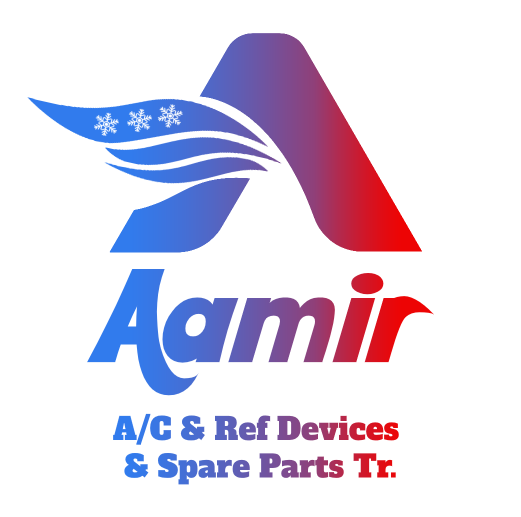Uncategorized
Meeting Management Software
A meeting management system is a piece of equipment in the tech stack that supports departments in setting up meeting, arranging, running and monitoring meetings to ensure all the details are covered, no matter what the subject or who attends. They are designed to eliminate redundancies in the workflow, simplify scheduling processes, and improve data management and accessibility.
The most effective tools for meeting management help teams to find the right time to meet by connecting with the calendars https://www.boardroomspot.net/strategic-management-roles-and-responsibilities of attendees and displaying real-time availability metrics. They also create an agenda for meetings and distribute it to everyone in order to make sure that they are prepared for the session and ensure that important points are covered.
During the meeting, they provide features that enhance collaboration through interactive chats, shared whiteboard dashboards and screen sharing. After the meeting, they can share the video or send a summary with notes that have been transcribed. This will help improve productivity and reduce the amount of time spent in meetings, while also making meetings more efficient and focused.
Meeting management software is useful for any business that organizes meetings, such as law firms, government agencies, and financial institutions. The software should be simple to use and accessible for everyone in the organization. The solutions should be regularly updated and upgraded in response to feedback from users. This will ensure that the software is constantly changing and adapting to new challenges and technological advancements. This helps protect the investment over time, and improves the experience of all users. These tools should be simple to integrate into existing workflows, such as calendar applications and email platforms.

